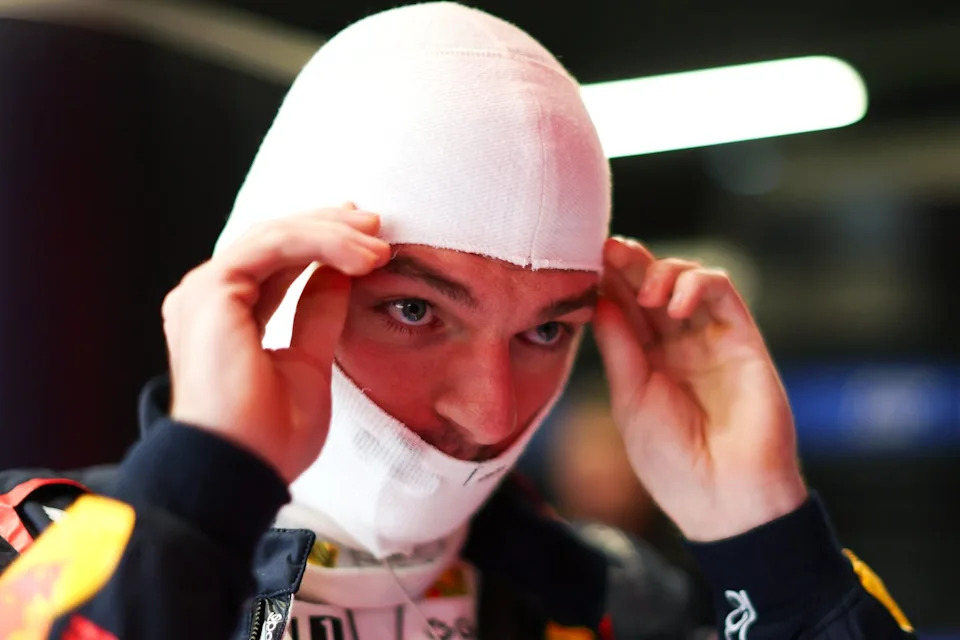FIA Rescinds f1 star Saudi Arabian GP Grid Penalty After System…. read more
The FIA has been compelled to reverse a previously announced grid penalty for Carlos Sainz ahead of the Saudi Arabian Grand Prix following the discovery of a technical error in their race control systems. This correction comes in the wake of a chaotic Bahrain Grand Prix that featured multiple incidents, technical issues, and post-race investigations.
Carlos Sainz, driving for Williams, experienced a turbulent Bahrain GP. He initially ran as high as sixth place but dropped down the order after contact with Yuki Tsunoda on lap 35. The collision caused visible damage to Sainz’s car, sending debris onto the track and prompting a safety car deployment. Sainz later explained that the incident compromised his car’s performance significantly, costing him between 40 and 50 percent of aerodynamic downforce. The internal radiator system was also exposed due to the damage, ultimately leading Williams to retire the car as Sainz was running last.
Compounding his misfortune, Sainz was handed a 10-second time penalty during the race for forcing Kimi Antonelli off the track during the restart following the safety car period. However, despite Williams serving the penalty correctly during the race, the FIA’s systems failed to recognize it.
After the Bahrain Grand Prix, the FIA announced that Sainz would receive a three-place grid drop for the upcoming Saudi Arabian GP, claiming he had not served his in-race penalty. He was also issued two penalty points on his super licence, bringing his total to three over the past 12 months. But as it turned out, this sanction was based on incorrect data.
A glitch in the FIA’s race control and timing systems during the second half of the Bahrain race caused the penalty-serving confirmation for Sainz to go unregistered. Typically, the system automatically flags when a driver has served a time penalty during the race. This malfunction not only affected Sainz but also impacted other drivers, most notably George Russell. The Mercedes driver experienced several technical issues during the race, including problems with his steering wheel dashboard, brake-by-wire system, and car transponder. These issues were further compounded by the timing system error.
Russell was later investigated for a DRS (Drag Reduction System) infringement, but the stewards decided not to impose any penalties after reviewing the situation. Meanwhile, Max Verstappen faced a challenging race as well, struggling with braking issues and a delayed pit stop. Despite these setbacks, he managed to finish sixth after overtaking Pierre Gasly on the final lap. Lewis Hamilton recovered from a ninth-place start to finish fifth.
At the front of the pack, McLaren celebrated a strong result with Oscar Piastri taking the win, followed by George Russell in second and Lando Norris—who continues to lead the championship—finishing third.
Following a thorough review of the data, the FIA acknowledged the timing error and rescinded Sainz’s grid penalty. In an official statement, the governing body clarified: “Penalty was served and should not be converted to a grid position penalty.” This decision not only clears Sainz’s name but also corrects the unfair grid demotion that would have impacted his starting position in Saudi Arabia.
This incident has prompted the FIA to review its technical infrastructure ahead of the next race, ensuring that such errors do not occur in the future. With the Saudi Arabian Grand Prix fast approaching, teams and drivers alike will be hoping for a smoother weekend, both on the track and behind the scenes.



